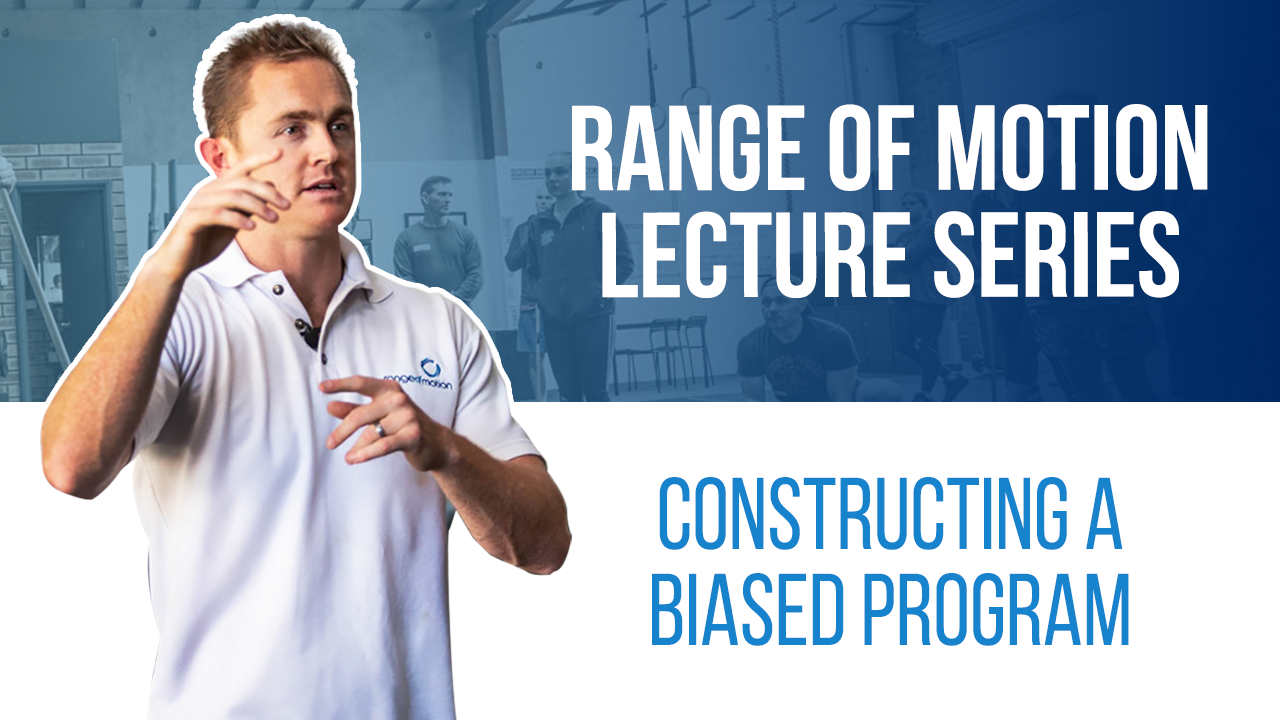Transcribed from video:
– So now we’re going to talk about how to take those sessions, give them a score and work out how often we’re going to be doing them. So let’s use this profile of this person here that we’ve created. And we’re going to assign a score or a value to each of those four areas. To their work capacity, to their body weight, to their Olympic lifting and their power lifting, because we’re effectively creating a waggon wheel here. With those four areas on the waggon wheel, we’re going to give each one a score on a scale of 1 to 10. Now we know this is weakness to strength, don’t we? Because our priority is fixing the weaknesses. So we know that work capacity is a real weakness for this athlete. So, importance, let’s say that our work capacity cuz now we’re not rating their ability we’re rating the importance. It’s an important distinction here. So work capacity may be a 2 out of ten which makes it 8 out of ten important. Does that make sense? Yeah, cuz we need to turn this into how often do we do we do these sessions. So work capacity is going to be really, really important. We’re going to give that an eight. The power lifting, they’re already really strong with their absolute strength. Maybe that’s going to be a two. These other’s are going to be somewhere in the middle. Their Olympic lifting is pretty good so that’s going to be maybe a seven out of ten in terms of how proficient they are, therefore we’re going to give that a three because it’s not as important and maybe this body weight stuff is going to go somewhere in the middle and we’ll give that a six. So we’ve now taken an athlete from looking at their competencies, ordering them in terms of weakness to strength, therefore more to lease important, and finally, we’ve assigned each one a number. So how do we turn that into how often should we be doing these sessions, to train these elements? Well we add these numbers together. If we add those together, we come up with nineteen. So we’ve got a total of nineteen points that we’ve assigned there. Now becomes really simple. Eight out of nineteen sessions, how about this up here. Eight of these nineteen sessions should be focused on improving their work capacity. See how we’re closing the circle? It’s starting to come together now. Six out of nineteen sessions should be focused on improving their gymnastic ability on body weight stuff. Three out of nineteen sessions on Olympic lifting, and two out of nineteen sessions on their power lifting. And if we come back to this model here, we now know that, from every nineteen sessions, it’ll be a nineteen session cycle for this athlete, we need to have; eight of them should be taken from within this circle. We should have six of these sessions coming from within this body weight circle. Of course, there are going to be some overlaps. But if we can do that, then we’re guaranteed that we’re going to be taking an athlete from being unbalanced, from having these major strengths and weaknesses, these major deficiencies, to being more balanced. Then we can increase the size of that circle. And that’s how we go from identifying the goals of an athlete, to working out and saying well, how often do we actually do each of these sessions? Now this may not always add up to nineteen. It may be a lot more or a lot less but this gives us a ratio of one session to the next. And again, this is a very simple forward approach and I would use 12 to 16 spokes in the programming that I do for people. So you can see, they’re a lot more overlapping circles, a lot more intersex. It becomes a lot more complex but you don’t need to do that stuff.





